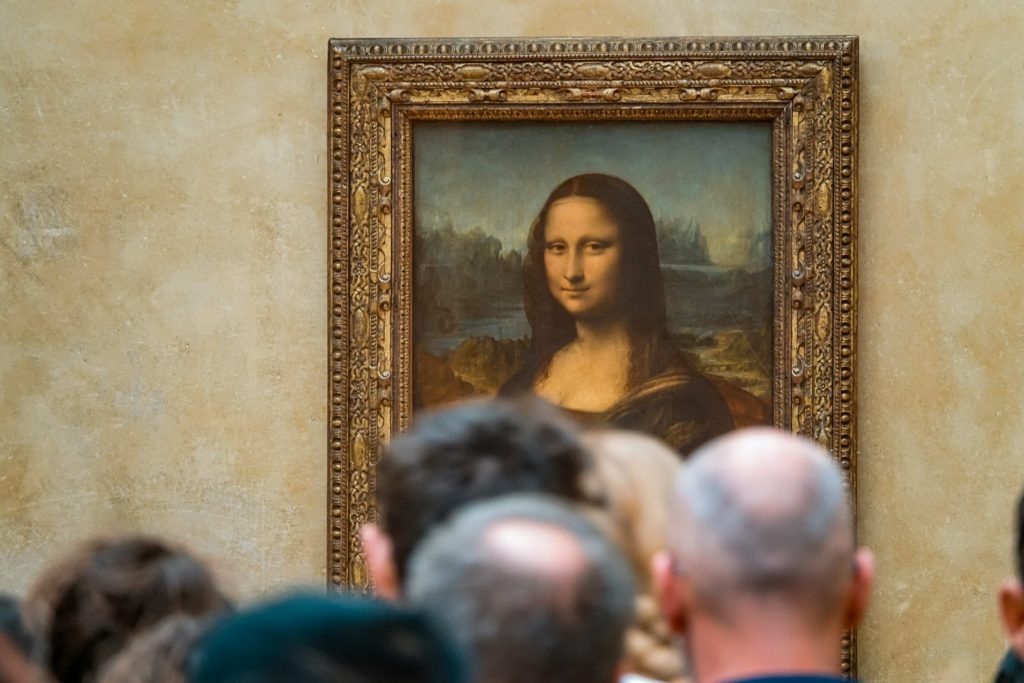In the canvas of quality control and process improvement, the DMADV (Define, Measure, Analyze, Design, Verify) methodology stands as an artful brushstroke, crafting excellence with precision and purpose. Let’s delve into the world of DMADV, unraveling its steps in a narrative that anyone can easily grasp.
The Blank Canvas: Defining the Vision
Imagine starting with a blank canvas – this is the Define phase of DMADV. It’s like a painter envisioning the masterpiece before a single stroke is made. In DMADV, defining the vision means clearly understanding the goals and expectations of a project.
Paint by Numbers: Measuring the Current State
Once the vision is set, it’s time to measure the current state. This is akin to a painter assessing the existing colors on the palette. In the Measure phase of DMADV, data is collected to understand the current performance and identify areas for improvement.
Analyzing the Palette: The Analyze Phase
With the vision defined and the current state measured, it’s time to dive into analysis – the Analyze phase of DMADV. This is like a painter studying the colors on the palette, understanding their nuances and potential. In DMADV, analysis involves exploring the collected data to identify root causes and factors influencing the current state.
Unveiling Patterns: Analyzing Data Trends
As the painter looks for patterns in colors, the DMADV analyst looks for trends in data. Are there recurring issues? Are there factors that consistently impact performance? Analyzing these patterns helps in uncovering the underlying causes of challenges, paving the way for targeted improvement.
The Artist’s Palette: Designing the Future State
Armed with a deep understanding of the canvas, the artist selects colors purposefully. Similarly, in DMADV’s Design phase, the project team crafts the future state. It’s like choosing the right elements to create a harmonious composition – in this case, designing a solution that aligns with the defined vision.
Strokes of Innovation: The Design Phase
Just as an artist brings innovation to their strokes, the Design phase of DMADV is about introducing innovative solutions. It’s not merely fixing what’s broken but reimagining the entire canvas. This involves creating prototypes, developing models, and establishing the framework for the new and improved process.
Masterpiece in the Making: Designing for Excellence
In the Design phase, the project team works on turning the vision into reality. It’s like an artist applying each stroke with precision, crafting a masterpiece in the making. Designing for excellence involves ensuring that every aspect of the solution aligns with the defined goals.
The Art Critique: Verifying the Solution
Just as an artist seeks feedback on their work, the Verify phase in DMADV involves verifying the designed solution. This includes testing and validating to ensure that the solution not only meets the defined goals but also functions seamlessly in the real-world context.
The Exhibition: Implementing and Communicating
With the solution verified, it’s time for the grand exhibition – the Implementation phase. It’s like unveiling the masterpiece to the world. In DMADV, implementation involves putting the designed solution into action and communicating the changes to relevant stakeholders.
Unveiling the Masterpiece: Implementation in Action

The Implementation phase is the grand reveal. It’s about executing the designed solution, introducing changes, and actively incorporating improvements. This involves working closely with teams, training personnel, and ensuring a smooth transition from the old to the new.
Artistic Showcase: Communicating Changes
Just as an artist communicates the inspiration behind their work, in DMADV, communication is key. It’s about explaining the changes to the entire organization, ensuring everyone understands the purpose and benefits of the implemented solution. This open dialogue fosters a sense of ownership and commitment to the new process.
The Continuous Gallery: DMADV for Ongoing Excellence
The journey doesn’t end with the exhibition – it’s a continuous gallery of improvement. DMADV, with its iterative nature, promotes ongoing excellence through continuous monitoring, refinement, and adaptation.
The Art of Continuous Improvement
DMADV instills a culture of continuous improvement. Just as an artist keeps refining their technique, organizations using DMADV regularly revisit their processes, making enhancements based on feedback and evolving requirements. This iterative approach ensures that the canvas of excellence is never static.
The Legacy Brushstroke: Sustaining Excellence
As the artist leaves a signature on their masterpiece, DMADV leaves a legacy of sustained excellence. It becomes part of the organizational culture, influencing how projects are approached, challenges are addressed, and improvements are made over time.
Conclusion: DMADV – Crafting Excellence in Every Stroke
In the final strokes of our exploration, we recognize that DMADV is not just a methodology; it’s an artistry of crafting excellence in every stroke. By defining, measuring, analyzing, designing, and verifying, DMADV becomes the brush that paints a canvas of continuous improvement and enduring quality.
A Masterpiece Unveiled: The DMADV Legacy
As we conclude, we unveil the masterpiece of DMADV’s legacy. It’s not just about solving problems; it’s about creating a work of art – a legacy of excellence that stands the test of time.